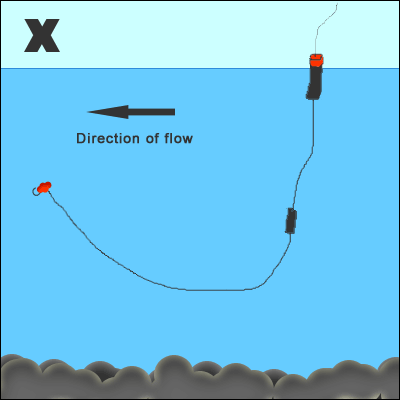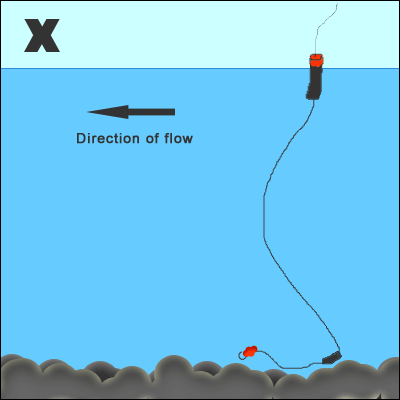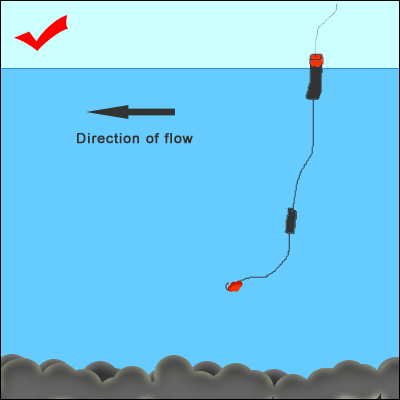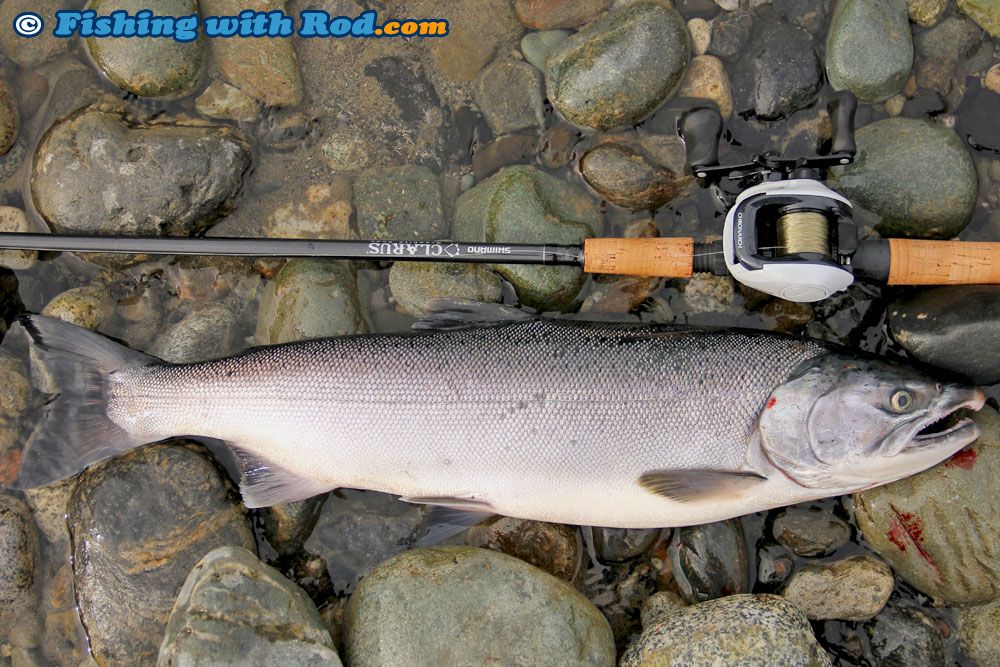
This fall salmon fishery takes place between late August and early December on the Chilliwack Vedder River. Like the past few seasons, I usually like to get this information up and provide ongoing updates so those who are new to the fishery can have a chance to enjoy what this river has to offer by learning proper techniques, staying informed on regulations and etiquettes.
Fish speciesThere are three salmon species that anglers can target and retain in fall 2014.
Fishing regulationsThe salmon regulations of Chilliwack River, including the daily quota of each species, can be found in
Region 2 of the Freshwater salmon supplement.
You can only keep
FOUR salmon in total per day, which means if you keep four hatchery coho salmon, you can't keep anymore chinook or chum salmon. This is the updated regulations as of September 1st 2014. Regulations may change during the season so please make sure you double check the regulations page before heading out.
Cultus Lake sockeye salmon alertCultus Lake sockeye salmon are endangered and usually enter the Chilliwack River in late summer so their run time overlaps with other fall salmon species. All sockeye salmon caught in the Chilliwack River are required to be released carefully. Please be aware of the difference between a sockeye salmon and the other salmon species. Some Cultus Lake sockeye salmon are also missing their adipose fin so please don't confuse them with hatchery-marked coho salmon.
Read about it some more...How to float fish more effectively for coho salmon?To effectively catch salmon on the Vedder by float fishing, you want to keep your offerings in the strike zone. New anglers have a tendency to mistaken the strike zone as the depth where the fish are sitting. It is not. Salmonids look up and strike at the offerings above them. The fish position themselves near the bottom, so the strike zone is usually 1 or 2 feet above the river bed. This technique does not only apply to the Chilliwack River, but also other Lower Fraser River tributaries.
Gear setup| Rod: | 9' to 10'6" baitcasting or centerpin rod, rated between 8 and 20lb |
| Reel: | Small baitcasting reels or centerpin reels |
| Main line: | 12 to 15lb test |
| Leader: | 6 to 10lb test |
| Hook: | Size 4 to 2/0 |
The diagrams below illustrate the correct and not-so-correct ways of float depth adjustment.
Excessive length of leader
For some reason, many people believe a longer leader would produce more fish, quite the opposite! Your hook will always travel faster than your weight in a river. By using a long leader, your hook and bait are lifted up higher from the river bed, away from the strike zone.
Excessive float depth
Some choose to adjust their float depth so the weight is "tapping" or sitting on the bottom. The weight will usually anchor itself to the river bed, while the float drifts slowly or becomes stationary. Two things will result from this setup:
- You'll snag onto the bottom, and lose your weight, hook and bait.
- Even worse, you'll end up snagging a pink or chinook in the belly or tail, which can be time consuming to bring in and release.
My way of float adjustment, but not necessarily the ONLY way
So far this has worked very well by producing about a dozen or more coho each season on the Vedder River without losing any hook, weight or line. I usually like to keep my leader length (the line between the hook and weight) around 1.5 feet in length. Judging the depth by looking at the gradient of the river bank and the water, I adjust my float depth (the length from the float to the hook) so that it is about 1 to 2 feet shorter than the actual depth. When this is drifted, the bait will lift a few inches higher, remaining in the strike zone. When the float dips under the water, there is no hesitation as I don't need to question whether it is a snag or a fish. The hook is usually set hard and most of the time the fight is on.
 Some other small adjustments
Some other small adjustmentsI find these adjustments would connect me into more fish in the past.
- The float size varies, small (11 grams) in clearer, slower water, while big (25 grams) in faster, deeper water.
- Tie on enough weight so only about 0.5 inch of your float (or the coloured tip) emerges on the water surface. This allows you to detect the bites sooner.
- Keep your main line (the line between your rod tip and your float) tight enough without disrupting the drift. Always try to avoid having any line laying on the water surface.
- Keep the drifts short. A longer drift doesn't necessarily mean a bigger chance to catch a fish. Long drifts also cause inconvenience for nearby anglers
- Avoid standing in the water, especially when you arrive at a new location. Undisturbed fish have a tendency to stay close to the river bank.

 Author
Topic: 2014 Chilliwack River fall salmon fishery information & water condition updates (Read 204435 times)
Author
Topic: 2014 Chilliwack River fall salmon fishery information & water condition updates (Read 204435 times)

